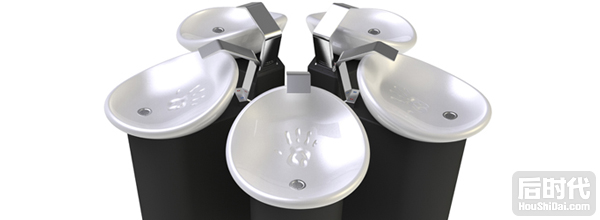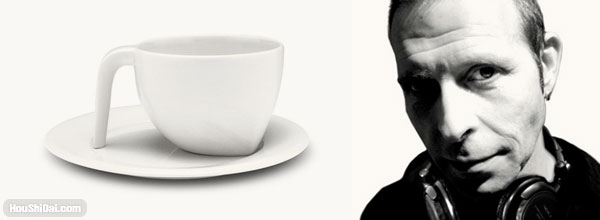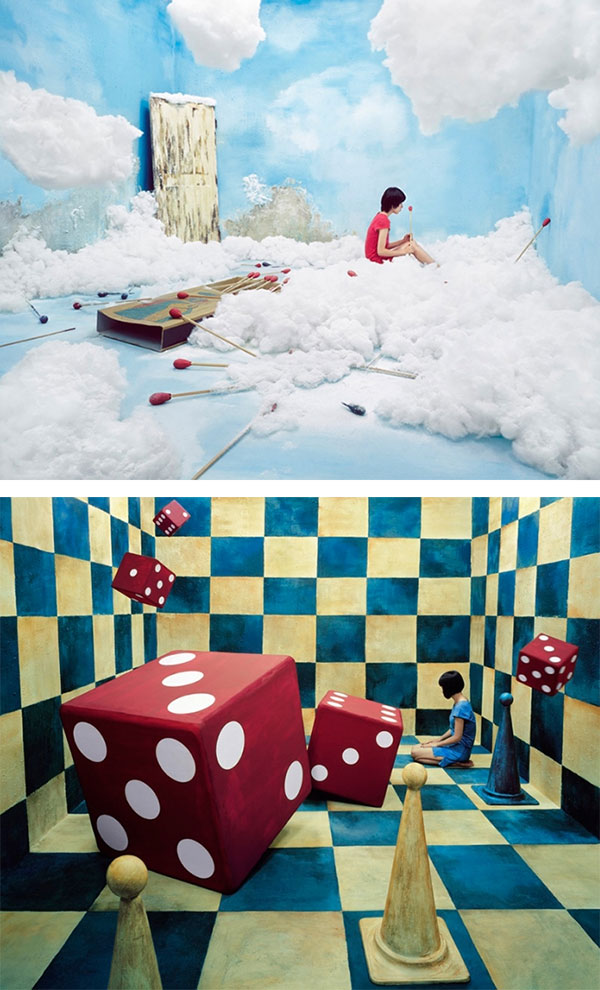水在哪里?Faucet Design

人们生活水平不断的上升,现代化的建筑裡面通常使用的是感应式的装置,尤其是在公共场所之中更是常见。最常看到的例子就是百货公司中的盥洗室,為了卫生和乾净的缘由,通常会放感应式的水龙头。
不过问题并非感应式本身,而是每个品牌、每个设计师对於感应的方式都有所不同,因此很容易让没用过的人要洗手的时候心中浮现一个疑问「水的开关到底在哪里?」。
找了半天原来直接将手放在水龙头前或是上方或是下方就可以了,不过光是放的地方就又可能出现很多不同的位置。
设计师Daniel David Sutherland提出了一个最好的解决方式,就是把感应本身设计在使用者最容易发现的位置上。
看得出来如何啟动这个水龙头了嘛?没错,就是把手靠近洗手臺上手印的位置,这样整个装置就会感应到你,接着送水出来给你洗手。水龙头的设计也改掉以往圆形的出水方式,这样细长的方式比较不容易溅到整个周围都是水。同时也避开了手掌形状感应的位置。远看之下还有点一条瀑布。

Have you ever come up on a faucet and thought – wait a second, where are the faucet handles? How does this work? Even after years and years of motion-sensor technology being embedded in faucets in malls and restaurants the world over? Designer Daniel David Sutherland sees this problem too. Convenience should be intuitive, right? In order to convey instantly the way this new faucet works, Sutherland placed a human hand impression right in the center of the bowl.
What to do? Place hand here.
In addition, the bulk of the faucet is hidden behind the bowl, preventing the user from focusing on it instead of the hand washing. Modern motion sensor faucets are confusing (Sutherland and I agree) because when the faucet is the center of attention, the user instantly thinks they’ve got to interact with it by touching it to turn it on.
In addition, this interesting feature: “By concealing the motion sensing componentry underneath the angular faucet, any concerns of unsolicited washroom surveillance (often associated with conventional sensing technologies) are also averted.” True! I used to think they were little cameras spying on my hands!
Paranoia averted.
NOTE: This project is a Reece Bathroom Innovations Award Finalist.
Designer: Daniel David Sutherland
 RSS
RSS












